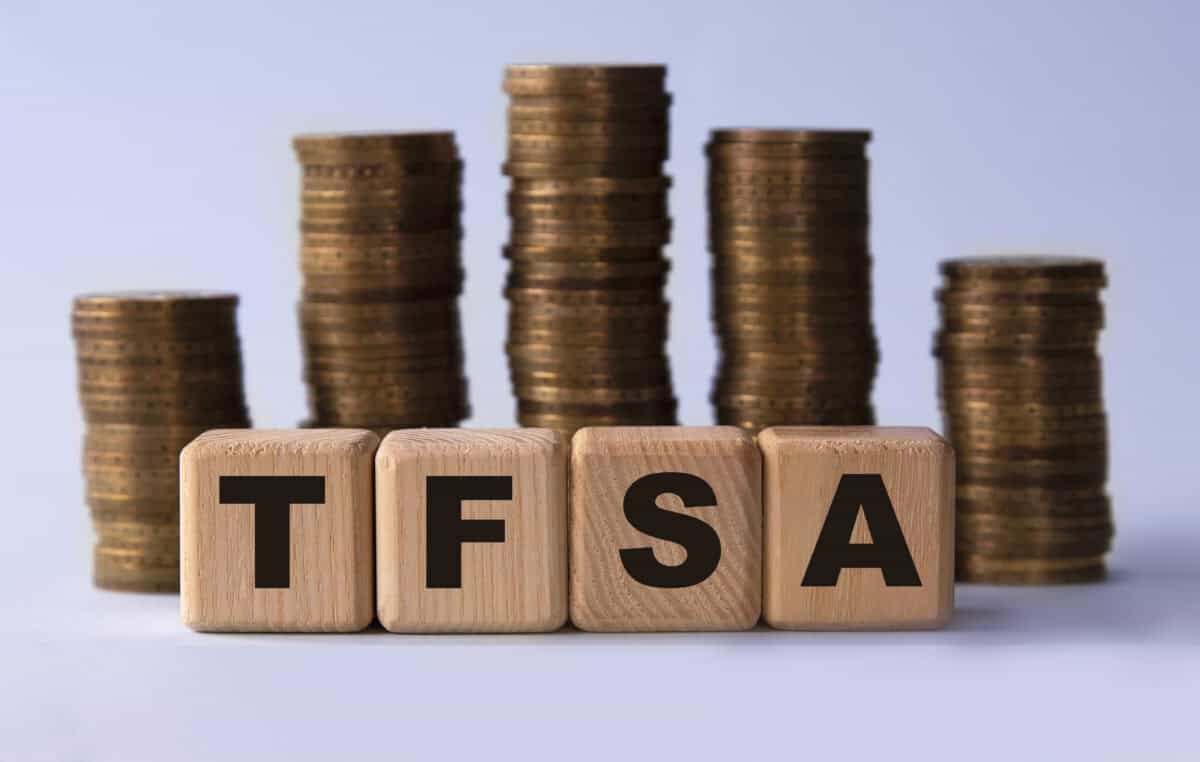The Tax-Free Savings Account, or TFSA, is one of the most popular financial instruments made available to Canadians. This particular account offers excellent benefits, including allowing investors to not only earn income and make contributions tax-free, but also have full control over their savings account – being able to withdraw money at any time, without penalties or restrictions.
Such an account is obviously beneficial for investors who put money away, and let it sit there for the long term. Companies that can grow faster than the market, and thus have higher capital appreciation overall, may be worth putting in such a fund. That’s because taxation on capital gains in this account is zero, so prioritizing growth is important.
For those looking to put some capital away in this account, let’s dive into some averages around where balances usually sit at age 54, at least according to the data that’s out there right now.
The average TFSA balance at age 54
The average Tax-Free Savings Account (TFSA) balance for Canadians at the age of 54 is estimated between $45,000 and $55,000. This estimate is based on the information gathered from various financial institutions and the Canada Revenue Agency. However, on average, balances vary significantly based on income, investment strategies, and overall personal financial situation.
Now, Canadian investors who have been making regular contributions since 2009 may be quite ahead of the game, especially if they can grab market opportunities and invest in the right growth stocks at the right times. In 2024, the Canada Revenue Agency increased the absolute maximum allowable contribution limit of a TFSA to $7,000, bringing the total contribution room up to $95,000. Still, the average TFSA is between $53,490 and $69,000, lower than the absolute maximum.
Benefits of setting up a TFSA
As Canadians inch ever closer to retirement, the TFSA can certainly be the financial superhero that saves the day for many. Given that this account allows for tax-free withdrawals at any time, many Canadians can leave their RRSP balances alone for longer, allowing for greater growth in this portfolio and leading to a more comfortable retirement.
Additionally, since withdrawals are not considered income, they won’t be put into any sort of calculations around benefits retirees may be applying for, including Old Age Security (OAS). That’s a big deal for those who may be on the cutoff line for such benefits. This is a major consideration that should be factored into any analysis.
And perhaps most importantly, growth is tax-free. Companies that continue to see sky-high growth over very long periods of time are likely best-placed in such an account, given this structure. For long-term growth investors (those who are younger right now may find themselves in this bucket), putting $7,000 away each year could lead to a massive portfolio over the long term. And given that this amount will continue to increase over time, that could mean a much higher portfolio balance for young people who start today and maximize this account over their lifetimes.
Invest as much as you can
Looking at median or averages is great for investors looking to get an idea of where they may be at a certain point in their life. However, investing up to the TFSA contribution limit each year is generally considered to be the best way to create a meaningful portfolio in retirement that investors can rely on.
In my view, this account is one that should be utilized to its fullest extent by young investors, with a preference on putting capital to work over investing in an RRSP right away (when one’s tax rate is presumably lower than it will be in future decades). Every situation is different, but this is a top vehicle that I’d encourage all readers to look into right now.

